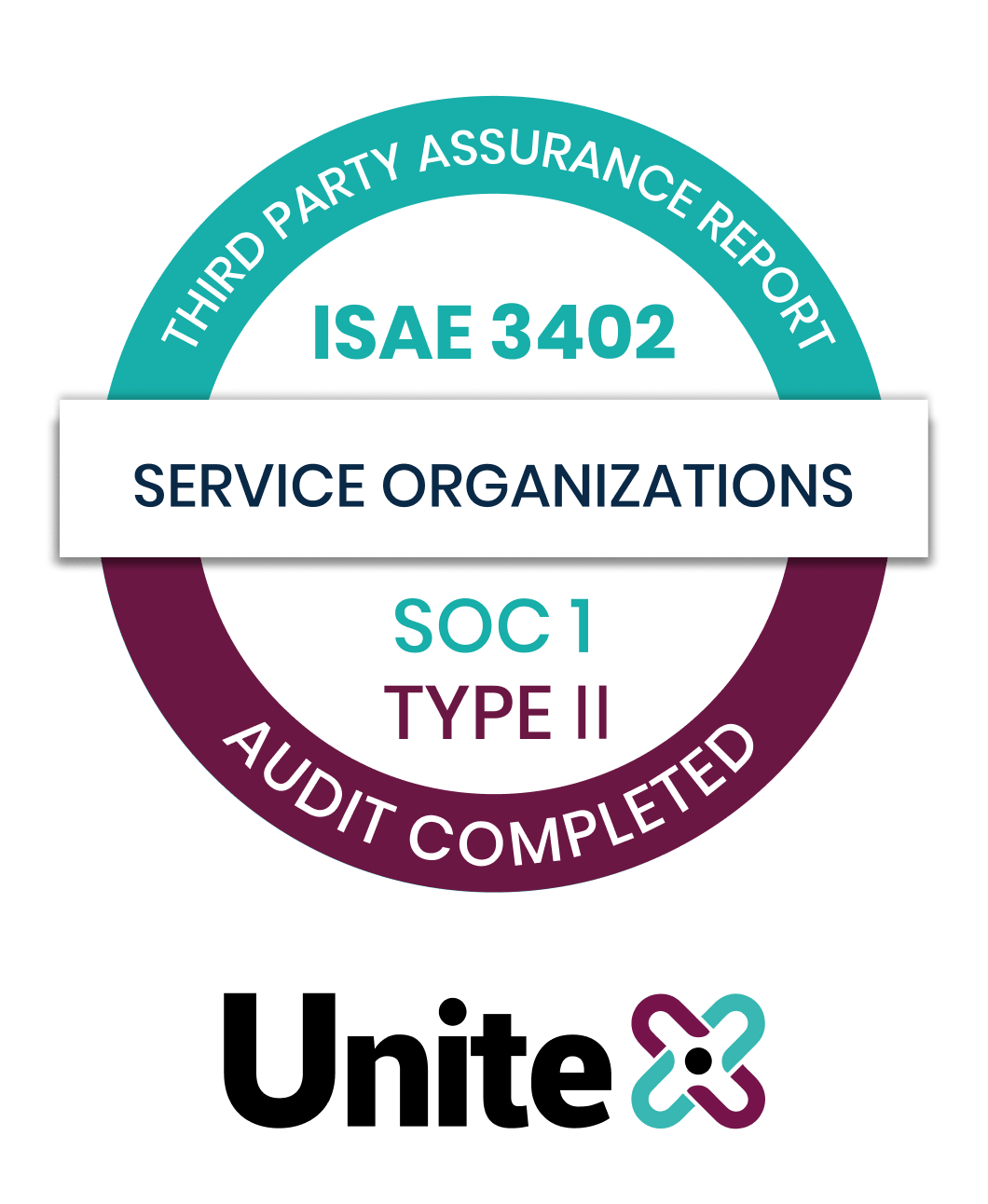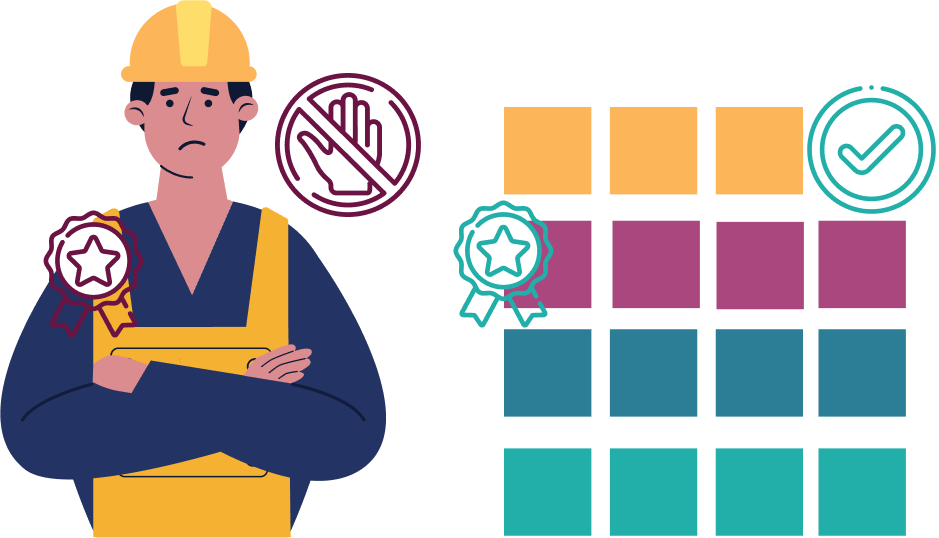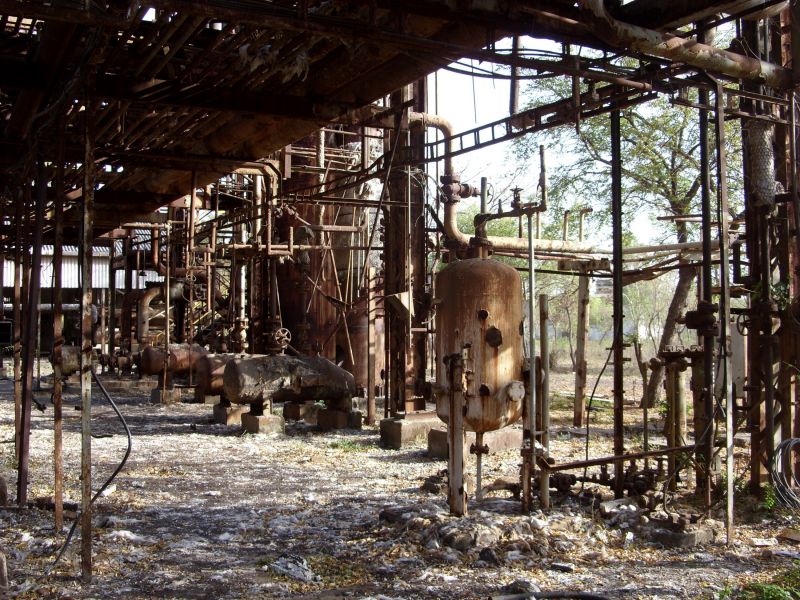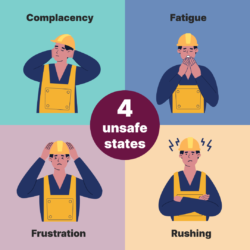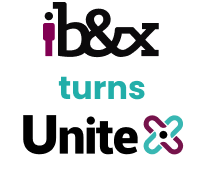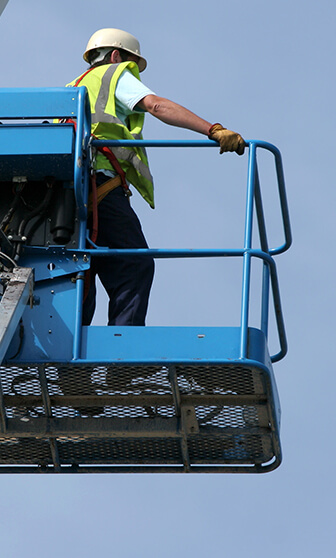PRESS RELEASE: Unite-Permit to Work complies with China National Standard GB 30871-2022
March 24th, 2024, Amsterdam, the Netherlands
Unite-X’s Unite-Permit to Work software complies with China Mandatory National Standard GB 30871-2022 safety code of Special work in chemical manufacturers: streamlining compliance and enhancing global safety standards.
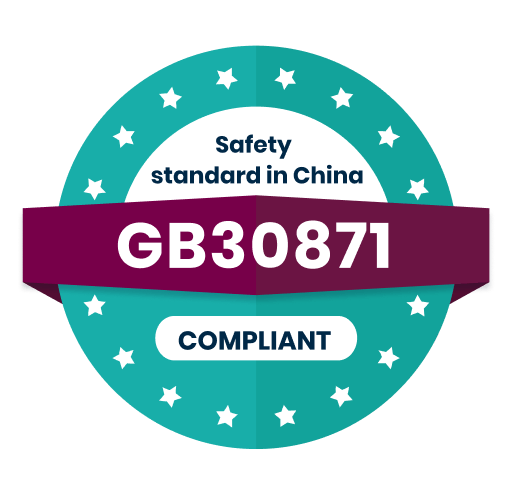
Unite-X, a leading safety solutions provider, claims its flagship product, Unite-Permit to Work software, fully complies with China Mandatory National Standard GB 30871-2022 Safety Code of Special Work in Chemical Manufacturers.
With the slogan “Global standard, local fit,” Unite-X is committed to delivering EHS solutions to roll out corporate global safety standards and meet the specific needs of local regulations.
About GB 30871-2022
On March 15, 2022, the National Standardization Administration of the People’s Republic of China released the “Safety specifications of special work in hazardous chemicals enterprises” – GB 30871-2022. This standard replaced GB 30871-2014 and came into force on October 1, 2022.
GB 30871-2022 is a mandatory national standard that enterprises must comply with. It stipulates requirements for special work for hazardous chemicals enterprises and templates of safe production work certificates for eight types of special work.
Hazardous Chemical Safety Standards: EU vs. China
In the European Union, key directives such as the Seveso III Directive and Directive 89/391/EEC establish rigorous standards for preventing major accidents involving dangerous substances and promoting occupational safety and health across all sectors.
Similarly, China enforces its GB 30871-2022 standard to ensure safety, quality, and compliance across various industries, including hazardous chemicals enterprises.
Why is GB Standard Compliance Important for Global Manufacturers?
Global EHSQ standards are crucial for multinational corporations to prevent incidents, ensure operational continuity, and enhance corporate reputation.
Manufacturing plants in China must remain compliant with both the GB standard and corporate standards issued overseas.
Failure to comply with governmental standards can result in penalties and shutdowns, while non-compliance with corporate standards means working against the corporate EHSQ risk reduction practices.
Moreover, the need to comply with GB standards may block digitalization initiatives, becoming a hurdle on the way towards Operational Safety Excellence.
Thus, adherence to the GB standard is not only a legal requirement but also a strategic imperative for both local plants and international corporations operating in China.
About Unite-Permit to Work
Unite-Permit to Work SaaS software empowers organizations to adopt global permit-to-work standards worldwide and, thus, ensure compliance with local governmental regulations and corporate standards.
With Unite-Permit to Work, global manufacturing companies ensure a consistently high level of operational efficiency at their locations all over the world while prioritizing workforce safety.
About GB 30871-2022 in Unite-Permit to Work
Unite-X, with a focus on helping clients achieve their Operational Safety Excellence ambitions, supports local governmental initiatives.
The Unite-Permit to Work software includes customizable templates and automated workflows that allow configuration in accordance with GB 30871-2022 Safety Standard.
It also contains features for real-time permits overview, seamless integration capabilities with global enterprise systems, and comprehensive reporting for global continuous improvement ambitions.
Customers of Unite-Permit to Work located in China successfully leverage the software in compliance with local governmental regulations.
About Unite-X
Unite-X provides a cloud-based safety management solution that unifies critical safety processes on one integrated platform. Unite-X supports global enterprises across the processing, chemical, and food industries. The fully configurable solution forms a transparent and compliant safety environment while optimizing key safety procedures by making them lean and risk-free.





